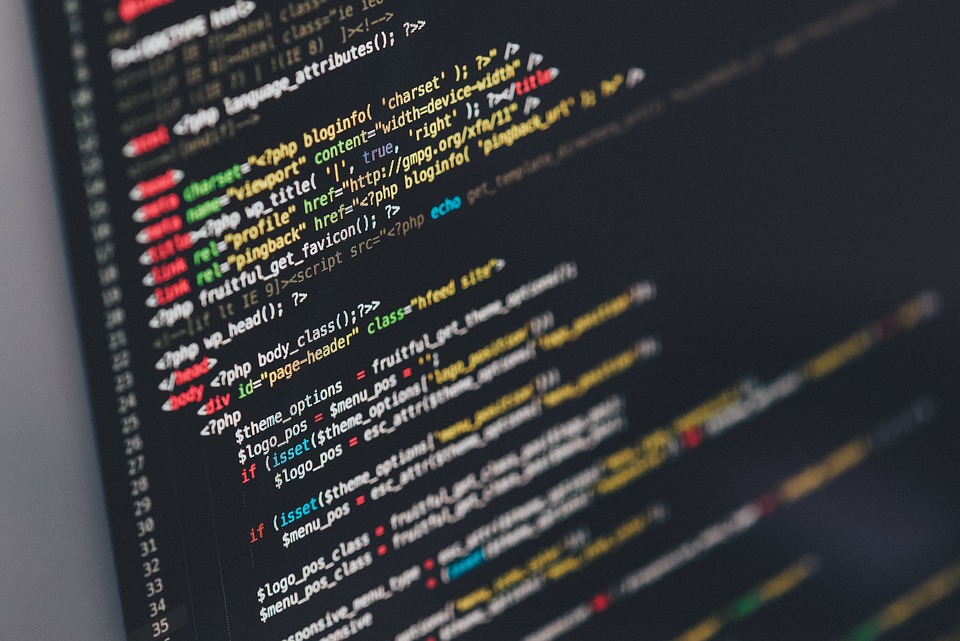In today’s digital landscape, user engagement is more critical than ever. With countless websites and applications competing for attention, creating an immersive and interactive experience is vital for retaining users. One effective way to achieve this is through Motion UI development—integrating animations and transitions seamlessly into your designs. In this blog post, we’ll explore how motion enhances user engagement and highlight some popular frameworks like Motion UI and GreenSock for building captivating interactive experiences.
The Power of Motion in User Interfaces
Animations and transitions serve to guide users through an interface, providing visual cues that lead them from one action to another. Here are some key benefits of incorporating motion into your UI:
1. Improved Usability
Animations can clarify how an interface works. For instance, a button that changes color or scales up when hovered over indicates that it’s interactive. Moreover, transitions between different states (like loading or submitting) provide users with immediate feedback, reducing confusion and improving navigation.
2. Increased Engagement
Well-crafted motion can captivate users, making their experience more enjoyable. Think of how a delightful loading animation or a smooth page transition captures your attention. Engaging animations encourage users to explore more, increasing the time spent on a site or app.
3. Enhanced Brand Identity
Motion can also reinforce brand identity. Consistent animation styles that reflect a brand’s aesthetic can create a cohesive and memorable user experience. For example, a playful animation for a children’s toy website can evoke a sense of fun, while sleek transitions can enhance a sense of sophistication for a luxury brand.
4. Effective Storytelling
Animations can guide users through a narrative. By controlling the flow of information, animations can emphasize key messages, helping users to absorb content more naturally. This storytelling technique can be particularly effective in landing pages or product showcases.
Exploring Motion UI Frameworks
When it comes to implementing motion in web and app design, the right tools can make all the difference. Here, we’ll examine two popular frameworks: Motion UI and GreenSock.
Motion UI
Developed by ZURB, Motion UI is a powerful Sass library that simplifies the creation of animations and transitions. With its pre-built CSS animations, developers can easily apply effects to elements without diving into complex JavaScript code.
Key Features:
- CSS Transitions and Animations: Motion UI offers a vast array of predefined animations that can be seamlessly integrated into your designs.
- Responsive Design: Built with mobile in mind, it allows animations to scale and be responsive across devices.
- Customizability: Developers can tweak existing animations or craft unique ones to fit their specific needs.
GreenSock (GSAP)
GreenSock Animation Platform (GSAP) is widely regarded as one of the most robust animation libraries available. Its precise control and performance optimization make it a go-to choice for developers looking to create complex animations.
Key Features:
- High Performance: GSAP is designed for professional-grade animations, ensuring smooth playback at any frame rate.
- Timeline Control: GSAP provides a powerful timeline feature that allows you to coordinate multiple animations effortlessly.
- Cross-Browser Compatibility: With GSAP, developers can create animations that work flawlessly across various browsers without the headache of browser inconsistencies.
Best Practices for Motion UI Development
When incorporating motion into user interfaces, it’s essential to follow a few best practices to ensure your animations enhance rather than detract from the user experience:
-
Keep It Subtle: Avoid overwhelming users with excessive motion. Instead, opt for subtle animations that enhance usability and storytelling without distracting.
-
Prioritize Performance: Large animations can slow down your website or app. Always test and optimize animations to ensure they don’t degrade performance.
-
Limit Animation Duration: Keep animations short and purposeful. Generally, quick transitions (around 200-400 milliseconds) are effective, as they maintain momentum without feeling rushed.
- Focus on Accessibility: Ensure that animations don’t hinder or confuse users with disabilities. Tools and features that cater to those needs, such as providing options to reduce motion, are essential.
Conclusion
Incorporating Motion UI development into your web and app projects can significantly elevate user engagement. By utilizing frameworks like Motion UI and GreenSock, developers can unlock a world of possibilities for creating interactive and compelling experiences. By understanding and leveraging the power of motion in user interfaces, you’re not just enhancing aesthetics; you’re crafting an intuitive, engaging, and memorable experience that can captivate your audience and keep them coming back for more.
Embrace the art of motion, and watch your designs come to life!




